Tessa’s Recipe Rundown
Taste: Tons of bright fresh lemon flavor! The perfect balance of sweet and tangy.
Texture: Ultra-buttery and moist with a thick, luscious glaze on top.
Ease: The batter comes together in minutes.
Why You’ll Love This Recipe: The most perfect spring or summer treat that any lemon lovers will go crazy over!
This post may contain affiliate links. Read our disclosure policy.
This Iced Lemon Pound Cake Loaf is even BETTER than the Starbucks Lemon Loaf.
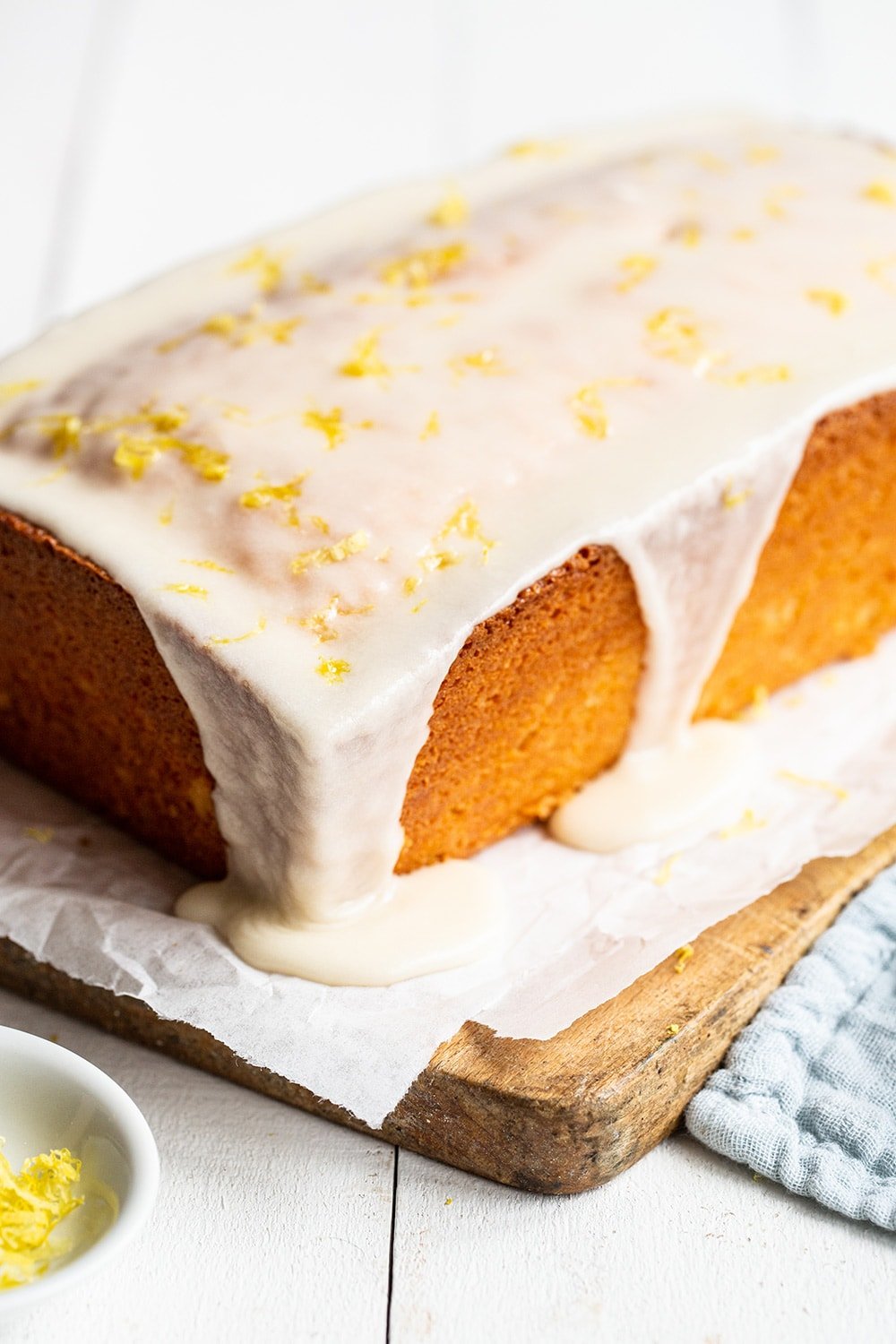
Right behind chocolate, lemon is one of my favorite flavors. Every spring and summer, I crave sweet treats that are bright and sweet but still rich and satisfying.
When I started working on perfecting the lemon loaf, I envisioned an ultra-moist and buttery bite, bursting with lemon flavor.

Free Baking Science Mini-Course!
From cookies that spread to undercooked brownies, this FREE 5-day Baking Science course helps you conquer common baking challenges and make bakery-worthy treats every time.
Many lemon recipes seem to lose the intensity of the lemon flavor after baking, so I worked to find a way to pack a strong lemon punch without using difficult-to-source ingredients.
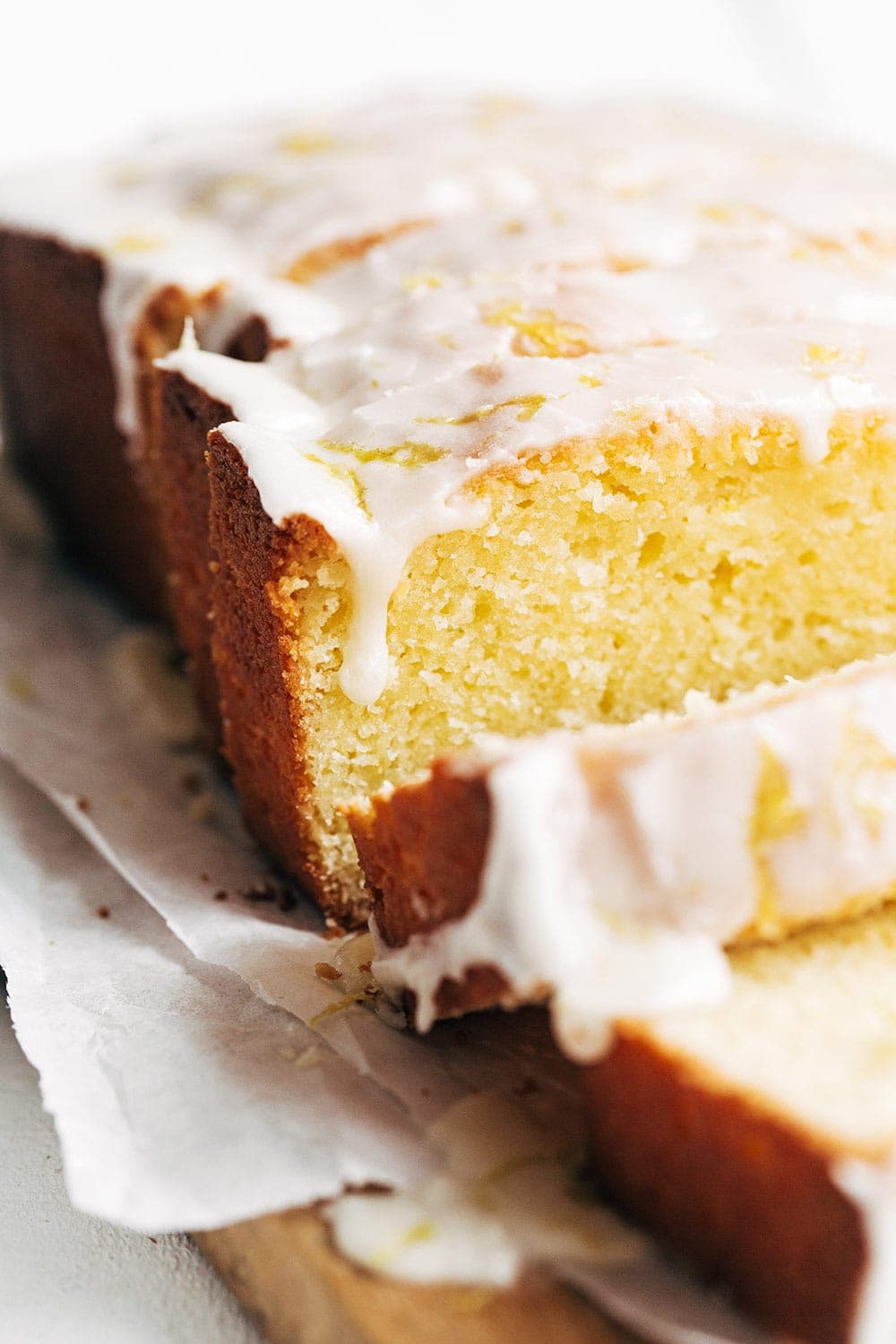
I tested batch after batch, tweaking and experimenting until I was obsessed with the final result!
Heavily inspired by Baked and Cook’s Illustrated recipes, this Starbucks Copycat Lemon Loaf recipe turned out better than I could have imagined.
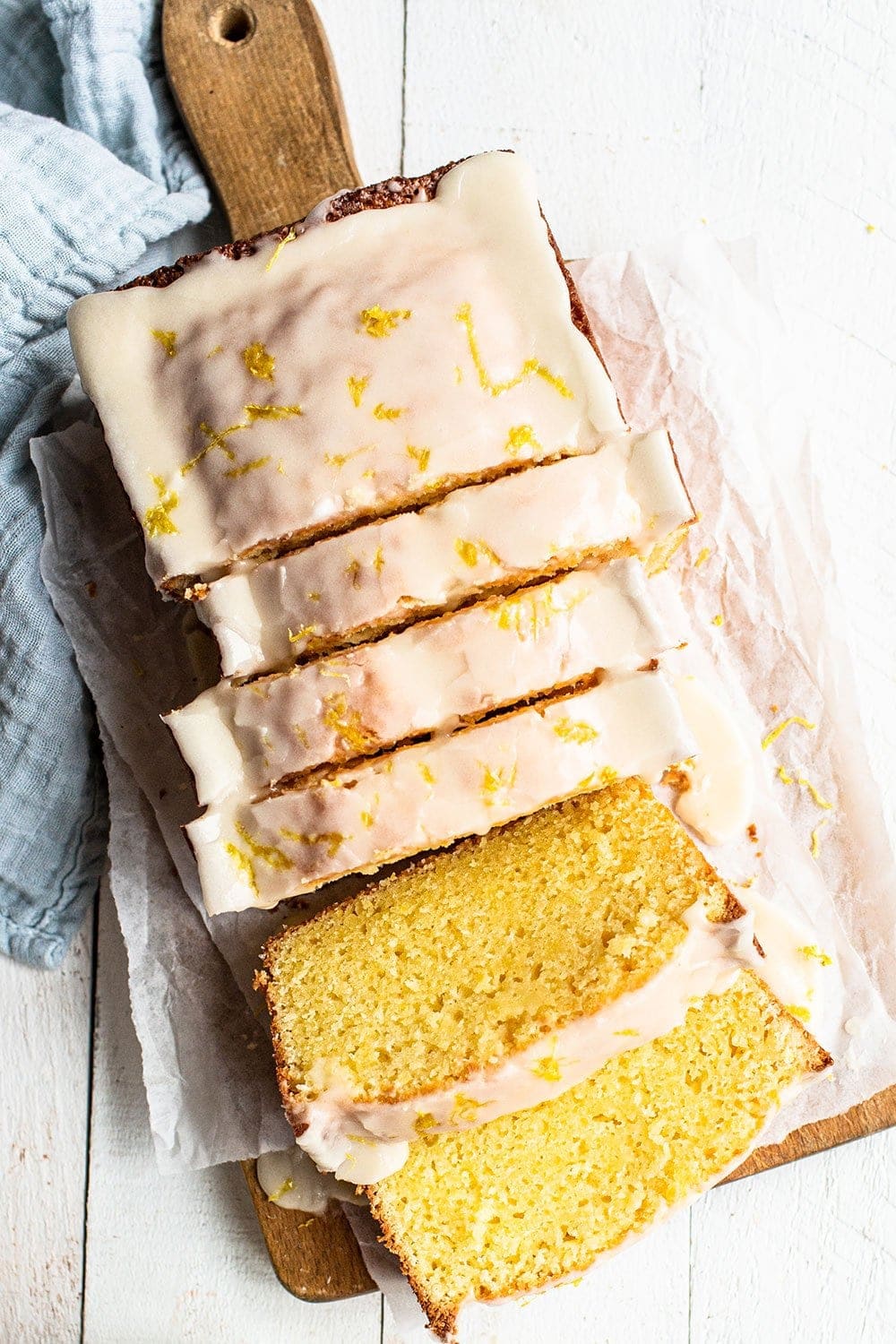

Sprinkle of Science
How to Make Lemon Pound Cake Loaf
What is Pound Cake?
Pound cake is traditionally made with a pound of each of the four main ingredients: flour, butter, eggs, and sugar. While this makes a traditional pound cake recipe easy to remember, it doesn’t always produce the best results. You’ll see my recipe below still uses a lot of butter and sugar, but the ratios vary slightly, for the best flavor and texture.
How to Make Moist Lemon Pound Cake
- Measure your ingredients correctly: I highly recommend using a digital kitchen scale to measure your ingredients, especially your flours. It’s SO easy to accidentally compact too much flour into your measuring cups, which will result in dry, lackluster pound cake. If you don’t have a scale, use the spoon-and-level method instead.
- Don’t reduce the sugar: It might seem simple to lower the sugar to cut sweetness, but this impacts more than you might expect. Lowering the sugar will impact the texture, structure, and more. Learn more about sugar’s role in baking here.
- Eggs and Sour Cream: These ingredients are crucial to this recipe, assisting in creating a rich, moist, and tender loaf. Feel free to use full-fat plain unsweetened yogurt instead of sour cream. I don’t recommend using an egg replacement unless you’re up for some experimenting.
- Butter: We’re using plenty of butter in this pound cake recipe, for a beautifully moist, buttery loaf with the best flavor AND texture. I always recommend using unsalted butter in baking. I have not tried any butter substitutes here.
Do I Have to Use Cake Flour?
This recipe uses half all-purpose flour and half cake flour for the best of both worlds. When using only all-purpose flour, the loaf had more of a muffin texture. When using only cake flour, the loaf was too delicate and crumbly.
While you can use only all-purpose flour, I highly recommend using real cake flour for the best texture here. Learn more about cake flour (and why I don’t use DIY substitutes) here.
Why Does This Loaf Recipe Require a Blender or Food Processor?
Like all pound cakes, this is a high-ratio cake, meaning there’s as much or more sugar than flour. This provides a beautifully moist tight-crumbed texture without needing to cream butter and sugar with an electric mixer.
Instead, a blender or food processor not only assists in making quick and easy work of making this batter, but it also helps emulsify all the rich ingredients together into a smooth batter.
The last ingredient is the melted butter, which must be drizzled in a steady stream as the blender or food processor runs to perfectly emulsify.
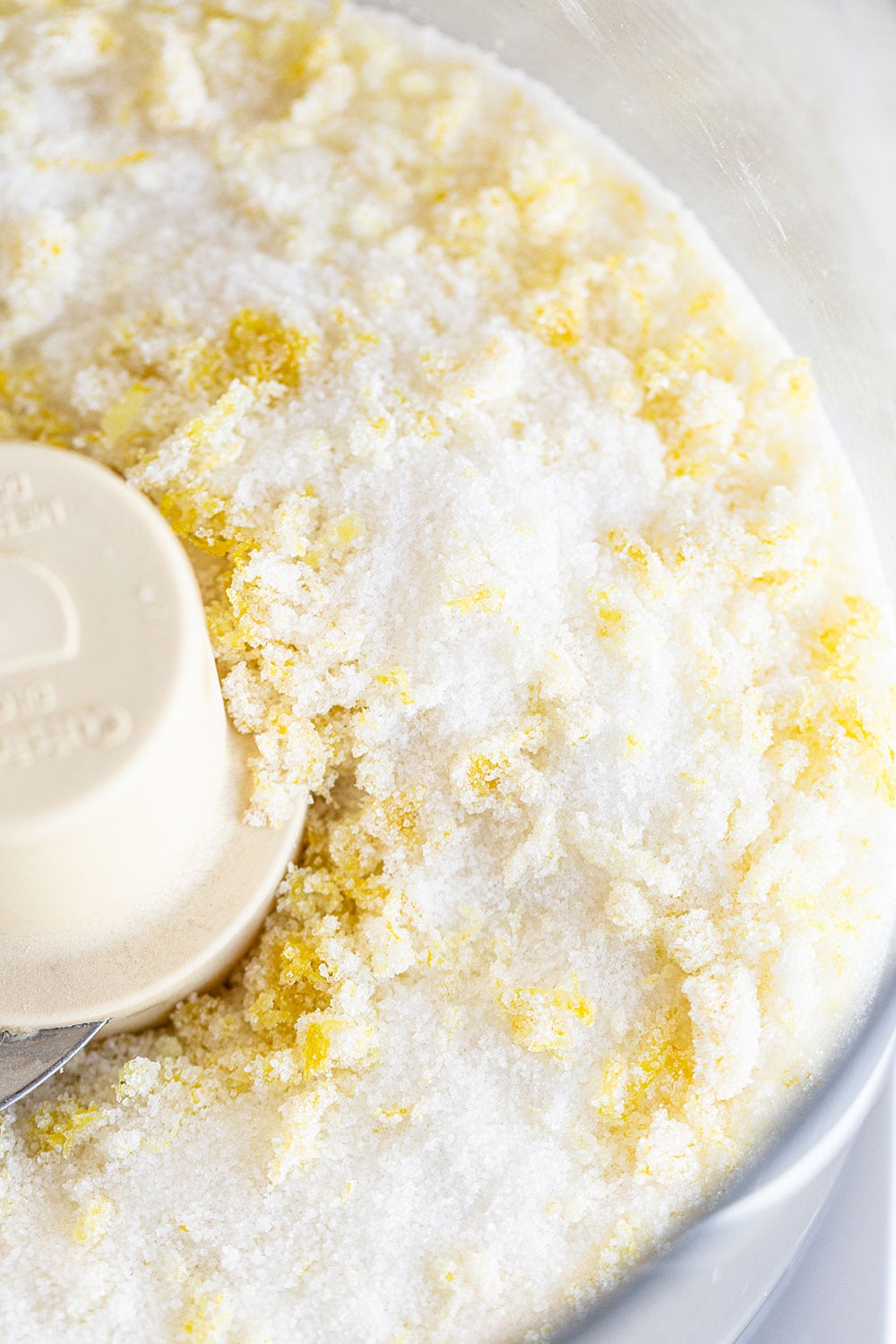
Can I Use a Different Sized Pan?
This recipe uses a 9 x 5-inch light-colored metal loaf pan for best results.
To Bake in a 8 1/2 x 4 1/2-inch Pan:
- Add about 5 minutes to the baking time. This is the pan I use for smaller loaves. Loaves baked in this slightly smaller pan will rise higher and look taller, more like what you’d see in a bakery case.
- If you use an even smaller pan, you may run the risk of the loaf overflowing, or collapsing slightly in the center, especially if you live at higher altitudes.
To Bake in a Bundt Cake Pan:
- Double all ingredients and bake in a well-greased 10 to 12 cup bundt pan and bake for about 50 to 60 minutes.
- OR, use my Lemon Bundt Cake recipe, which is lighter and more cakey than this pound cake recipe.
To Bake in Glass or a Ceramic Pan:
- I tested this recipe in a metal pan because it conducts heat quickly and efficiently.
- Glass and ceramic don’t conduct heat as effectively, so if you use this style pan, decrease the baking temperature to 325°F and increase your baking time by about 10 minutes.
- Check out my article on Glass vs. Metal Pans.
The Secret to Bright Lemon Flavor in Pound Cake (Even After Baking)
Lemon flavor can dull during the baking process. That’s why this recipe calls for two whole tablespoons (not teaspoons!) of both lemon zest and juice. Then there’s a tablespoon of fresh juice in the glaze, which helps give a fresh punch of lemon flavor. You’ll need about 3 large lemons in total.
The Lemon Glaze for Pound Cake
Be sure to wait until your Lemon Pound Cake is completely cooled before glazing, to avoid the glaze absorbing or melting.
Note: The consistency of your glaze will depend entirely on the brand of powdered sugar you’re using and how humid it is in your kitchen. Here’s how to tweak the glaze as needed:
- To Make the Lemon Glaze Thinner: Add more lemon juice or milk, 1 teaspoon at a time.
- To Make the Lemon Glaze Thicker: Add more powdered sugar, 1 teaspoon at a time.
How to Store Lemon Pound Cake
The cooled, glazed Lemon Pound Cake Loaf can be covered in foil or plastic wrap and stored at room temperature for up to 2 days.
Can I Freeze This Lemon Loaf?
Yes! Wrap the unglazed loaf tightly in plastic wrap and store for 1 month. Thaw overnight in the fridge and then bring to room temperature before glazing. Your loaf will likely develop a moist or tacky surface on top, but the glaze should disguise it nicely.
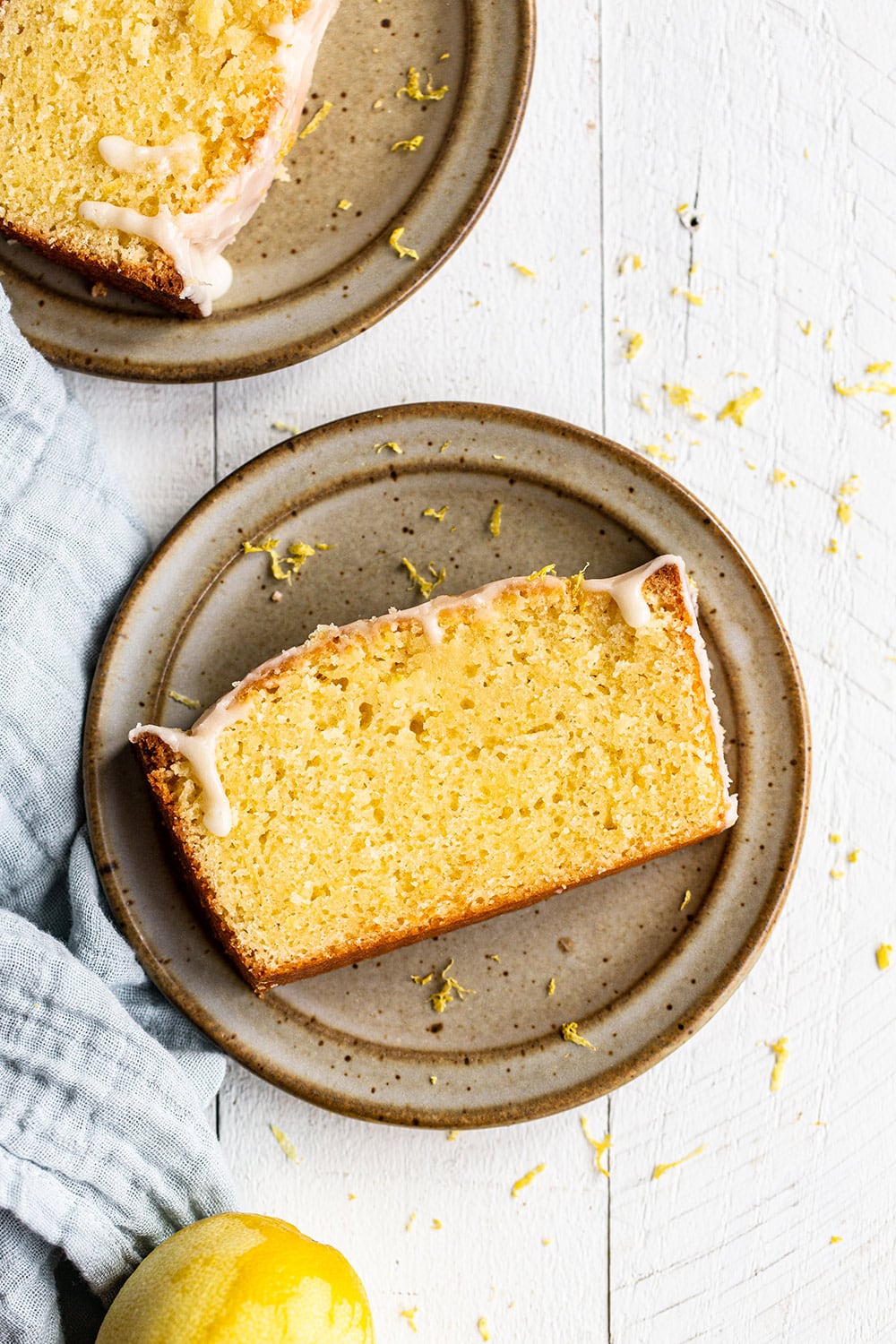
More Lemon Recipes You’ll Love:
- Glazed Lemon Cookies – my favorite lemon cookies!
- Lemon Poppy Seed Muffins
- Lemon Cheesecake
- Raspberry Lemonade Cheesecake Bars
- Lemon Yogurt Zucchini Bread
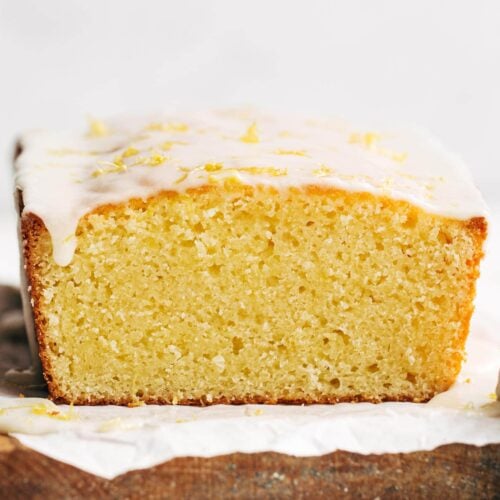
Lemon Pound Cake Loaf
Email This Recipe
Enter your email, and we’ll send it to your inbox.
Ingredients
For the cake:
- 3/4 cup (95 grams) all-purpose flour
- 3/4 cup (85 grams) cake flour
- 1 teaspoon baking powder
- 1/2 teaspoon fine salt
- 1 1/4 cups (250 grams) granulated sugar
- 2 tablespoons fresh lemon zest (from about 3 lemons)
- 2 tablespoons fresh lemon juice (from about 1 lemon)
- 4 large eggs, at room temperature
- 1/4 cup (57 grams) sour cream or plain yogurt, at room temperature
- 2 sticks (227 grams) unsalted butter, melted and cooled
For the glaze:
- 1 cup (125 grams) powdered sugar
- 1 tablespoon fresh lemon juice
- 1 tablespoon milk or cream
Instructions
Make the loaf:
- Preheat the oven to 350°F. Grease a 9 by 5-inch metal loaf pan.*
- In a large mixing bowl, sift together the cake flour, all-purpose flour, baking powder, and salt. Set aside.
- In the bowl of a food processor or high-speed blender, combine the sugar and lemon zest. Pulse a few times to evenly distribute the zest. Add the lemon juice, eggs, and sour cream and pulse until combined. On low speed, gradually drizzle in the melted butter in a slow steady stream until well combined.
- Make a well in the dry ingredient mixture. Pour in the wet ingredients. Mix gently with a rubber spatula until just combined. Batter will be slightly thin.
- Pour mixture into prepared pan and spread evenly. Bake until a toothpick inserted into the center comes out clean or with just a few moist crumbs attached, about 50 minutes if using a metal pan, or once an internal temperature of 200-205°F is reached.
- Cool in pan for 15 to 20 minutes then run a thin flexible knife around the edges before inverting onto a wire rack to cool completely.
Make the glaze:
- In a small bowl, whisk together the glaze ingredients until thick but pourable. Add more juice or milk to thin out or more sugar to thicken to your desired consistency. Spoon over the cooled loaf, letting it drip down the sides if desired. Let set for 15 minutes before slicing and serving.
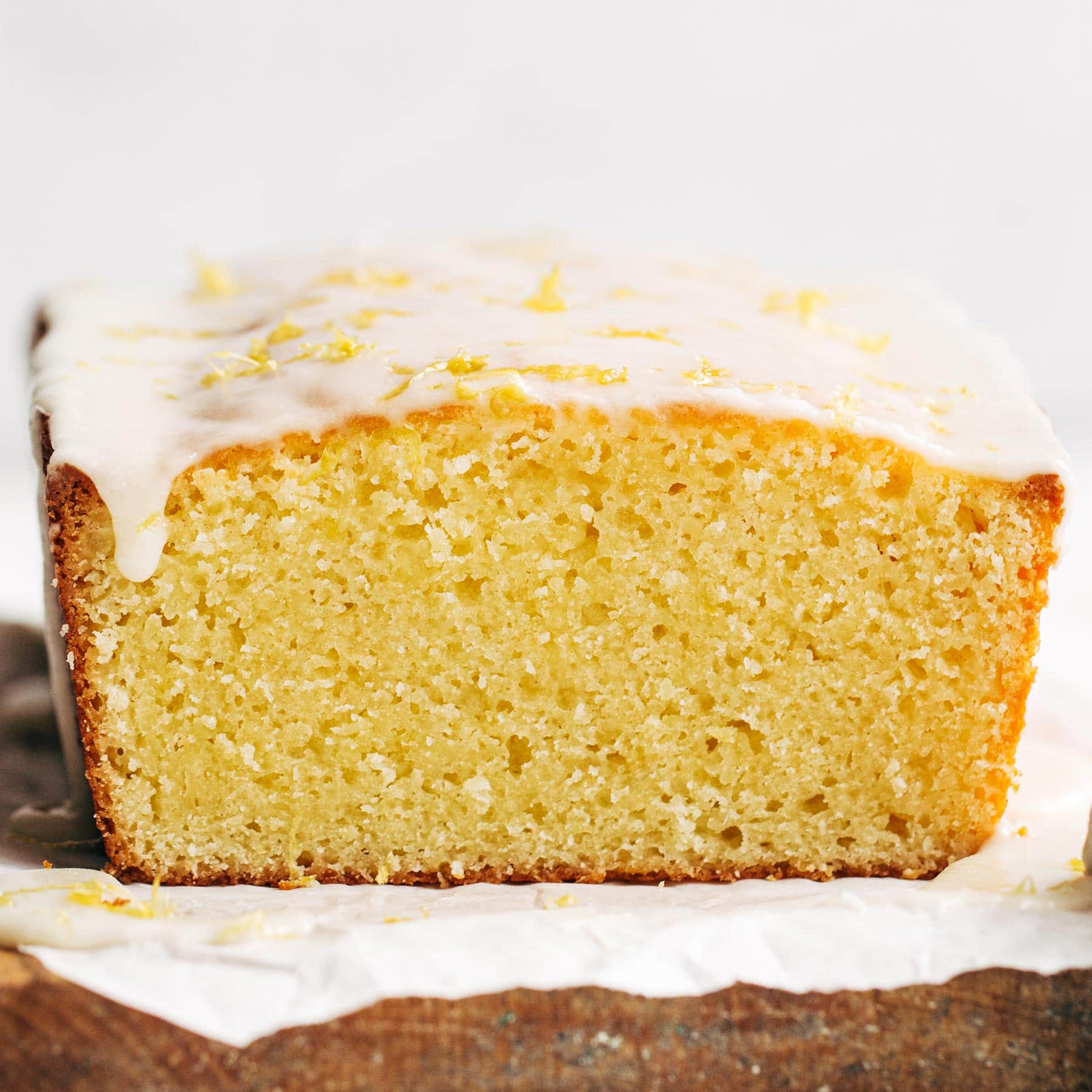

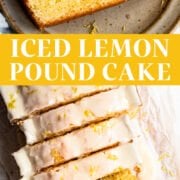
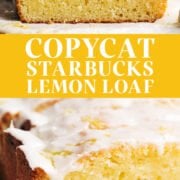

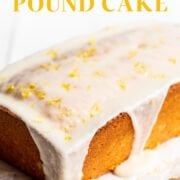
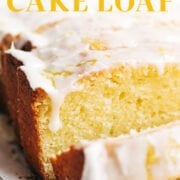
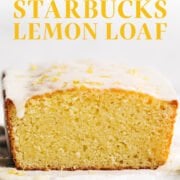
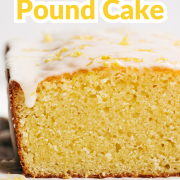
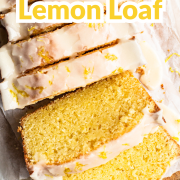
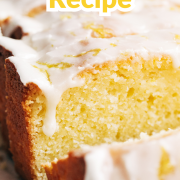

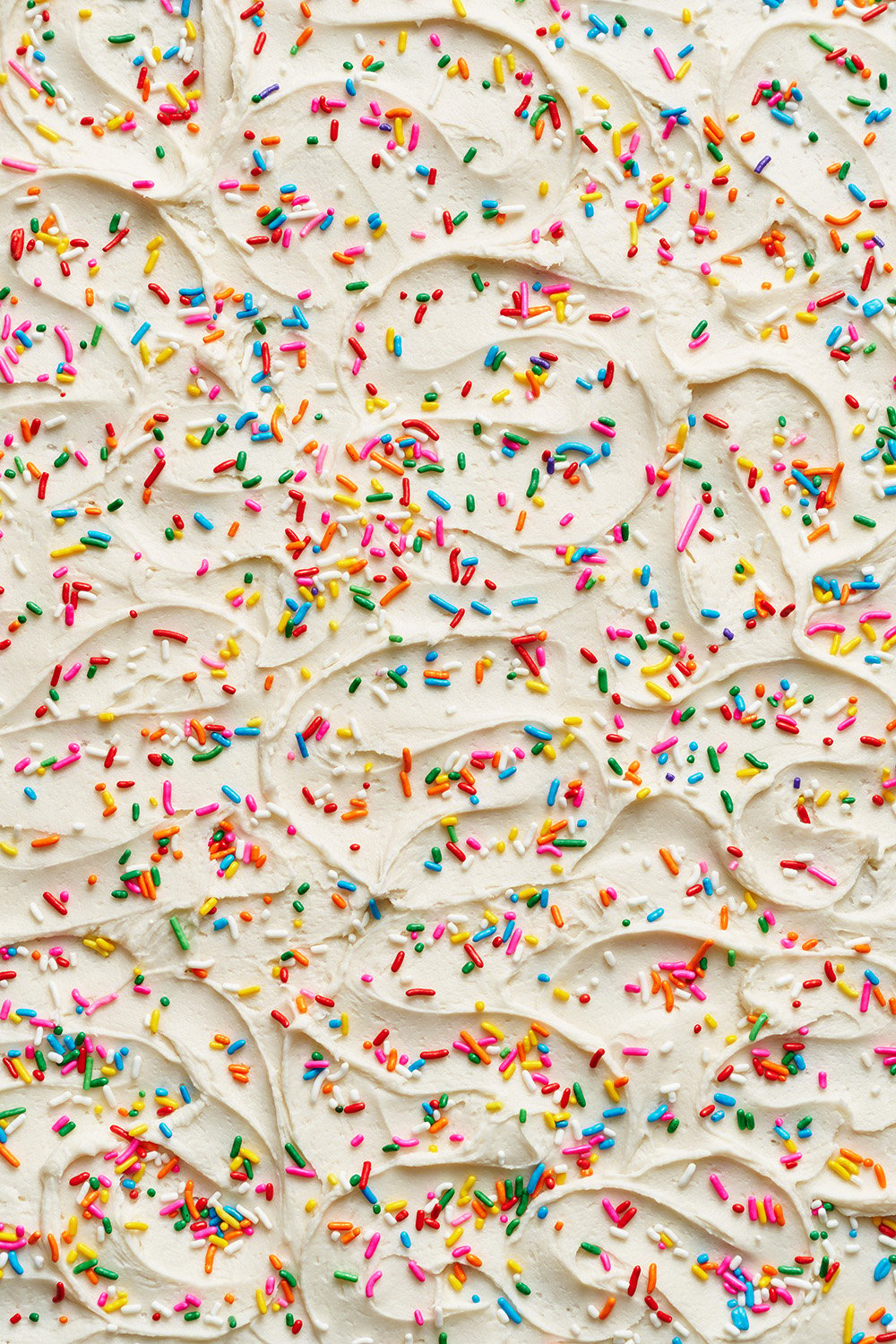



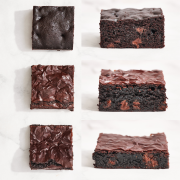
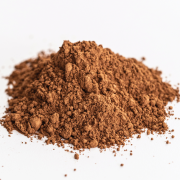
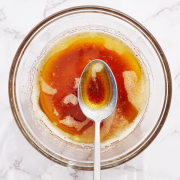


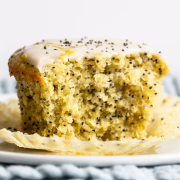
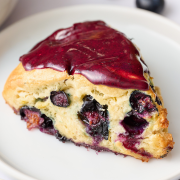








Just finished making this and it is MILES better than whatever Starbucks serves – which is my opinion is always a little dry and too sweet. This was so good on it’s own I almost didn’t make the glaze! I will definitely be making this again soon!
I used to have a Starbucks habit, before COVID quarantine. It’s funny but I don’t really miss the coffee, but I DO miss the occasional slide of lemon loaf. So I was excited to try this recipe. It did not disappoint! Relatively easy to make and much better (and more lemony) than Starbucks. I also couldn’t help but notice the huge reaction to this one from friends and family, everyone commented and wanted a piece of this one!
Happy to hear it was such a hit!! And so glad you love this recipe, it’s a favorite on the HTH team too! 🙂 So lemony and perfect for spring!
Hi there, is it possible to add poppyseeds to this recipe? If so, what amount and are there any special considerations for such an addition?
Hi Dale! We’ve not tried that, but you definitely could! Quite a few readers have had success, and one reader specifically mentioned using 2 tablespoons of poppy seeds, which is the amount we use in our Lemon Poppy Seed Muffins. Let us know what you think if you give this recipe a try 🙂
Oh man, I just made this cake… twice in 3 days because it’s SO INCREDIBLE It’s super moist, wonderfully lemony and definitely an uncanny substitute for Starbucks lemon loaf!!! I love it when a recipe works out exactly as described
Yay!! That’s amazing to hear, so happy you love this recipe! 🙂
Great recipe. I loved the texture of the crumb and I made the glaze to be barely oozing to create a think cap on top of the loaf. I used the zest of two lemons in the batter, but it still wasn’t lemony enough for me. The flavor of butter was the top note (and that’s not a bad thing). I will definitely make this again and will try a little lemon extract to bump up the lemon flavor.
Can I use salted butter instead of unsalted? I have in other recipes of mine but I just want to be sure as I have plenty of salted butter on hand, thanks for your delicious recipes
Hi Sally! We personally don’t use salted butter in recipes as explained in this article about Salted vs. Unsalted Butter; however, the general rule of using salted butter in place of unsalted is to reduce ¼ teaspoon of the salt in the recipe per 115g of butter. So for this recipe, you would omit the salt completely if using salted butter. I hope that helps!
Best lemon pound cake recipe EVER! My kids polished off half of it in no time. Will definitely be making this often. Turned out great even though I didn’t follow the recipe to the T (over mixed batter) Absolutely delicious! Thank you 🙂
So happy to hear it was such a hit! Thanks for the comment 🙂
Hey, I made this today and the smell was divine. My family couldn’t wait for it to cool, they dug in before I could even add the glaze definitely 10 stars!!
Can I use cake flour substitute?
Hi Safiya! Please check out the pink tip box above the recipe for more details 🙂
Can I bake this in a 10 inches round pan? I want to use it as one of the layers for a wedding cake
Hi there! That sounds delicious, though we haven’t tried a 10-inch round pan, so I can’t say for sure! This recipe has only been tested in a 9×5-inch pan as well as a bundt cake pan, but feel free to experiment! We’d love to hear how it turns out!
Hlo Tessa,
I want to bake this Lemon Loaf for my husband, but we do not have the same brand flours as what you e.g. talked about in your recipe discussion.
As a result, e.g. the cake flour I could get a hold of does not weigh the same at a 3/4 cup as what your recipe indicates it more or less should. Would you prefer me following the gram weight of the flour in your recipe, or should I still use 3/4 cup of flour even though it then weighs more than the 85 g, for example?
I hope to hear from you soon. 🙂
Kind Regards,
Elrien.
Hi Elrien! Great question, the general rule is to always use the weight provided by the recipe you’re following regardless of the brand. Can’t wait for you to enjoy this recipe 🙂
I loved the cake. I skipped using the food processor and the cake turned out great.
I was not a fan of the glaze. I don’t think it tasted good with the milk- it diluted the acidity that the glaze needed. I would add extra lemon juice and omit the milk.
Thanks for your feedback!
If we don’t have cake flour can I just use regular flour?
I realized after posting this you already answered this above. Thanks!